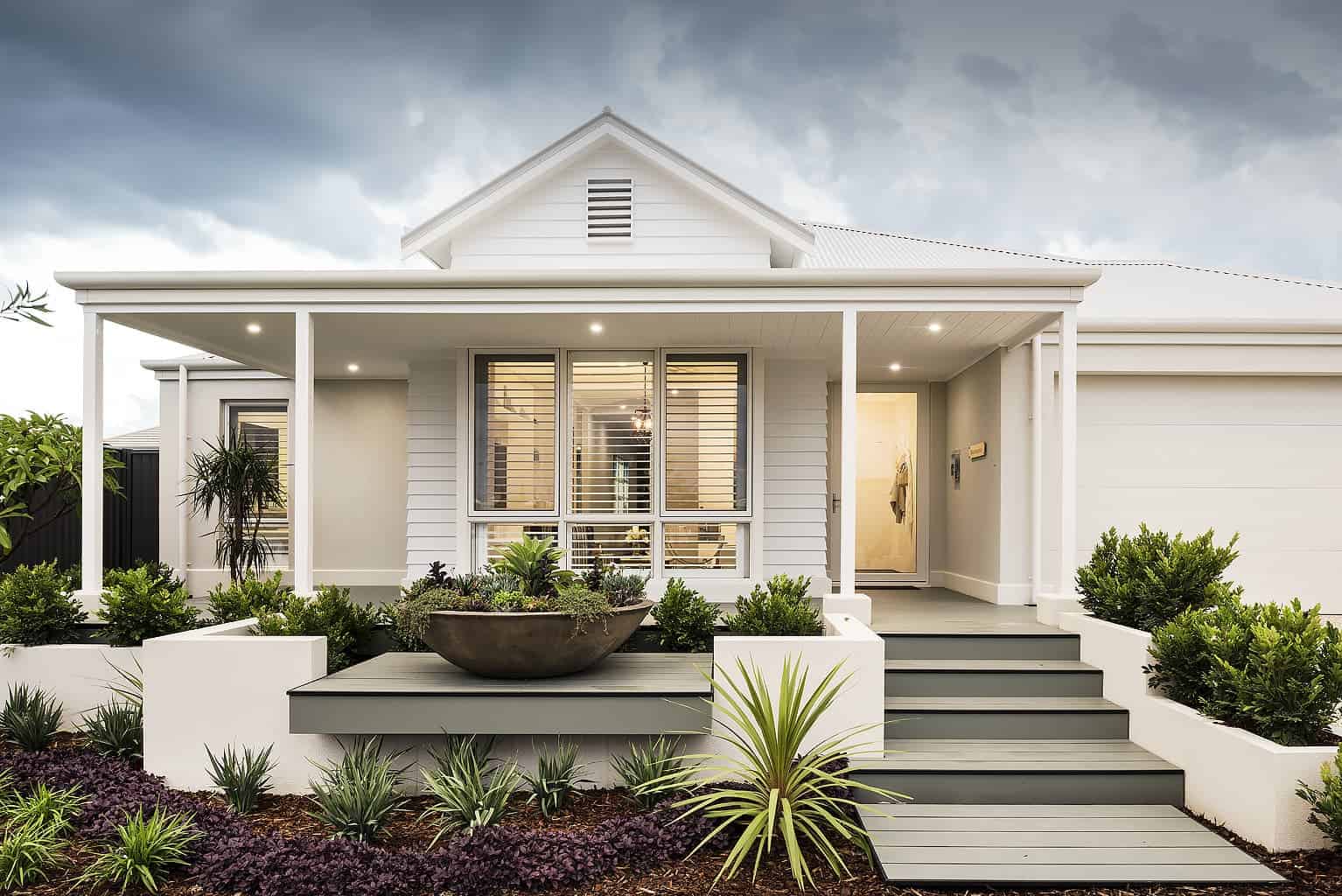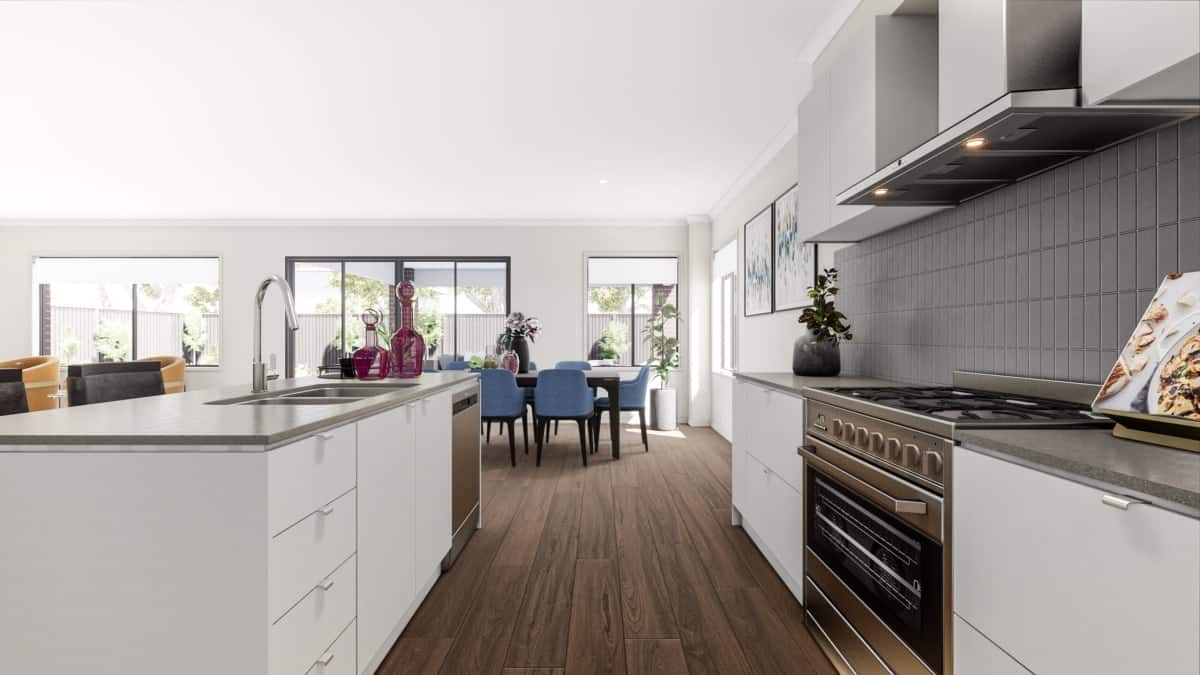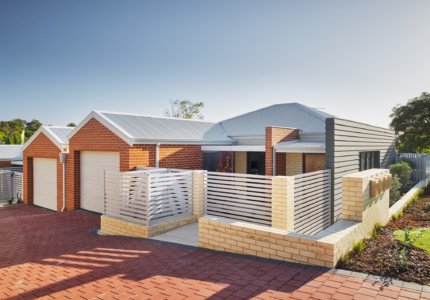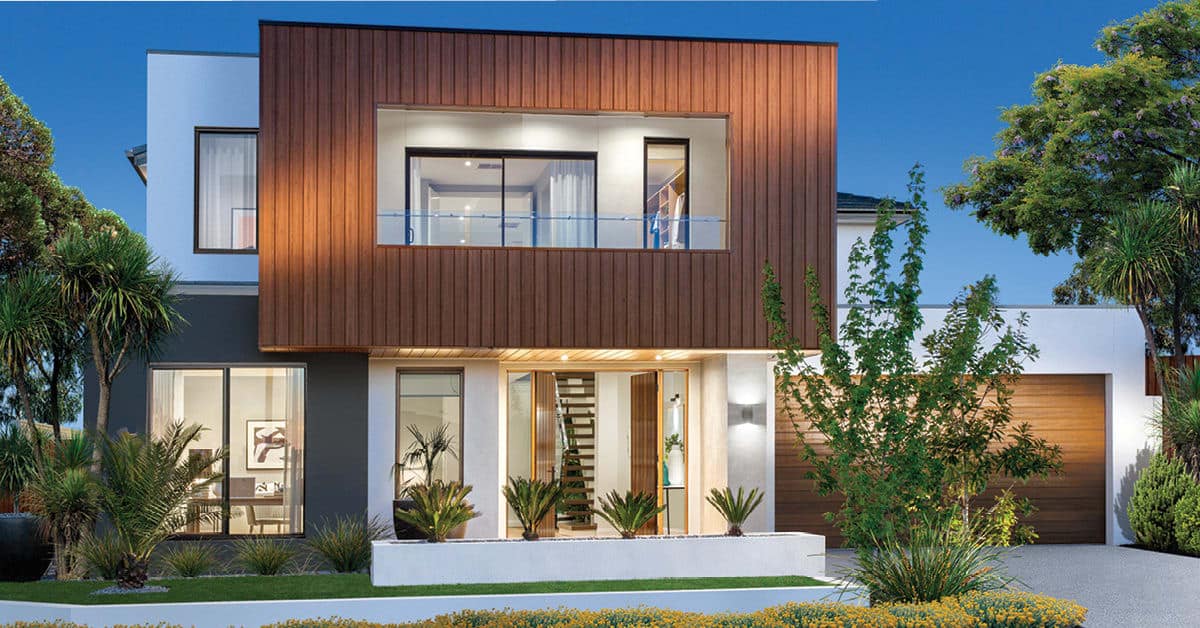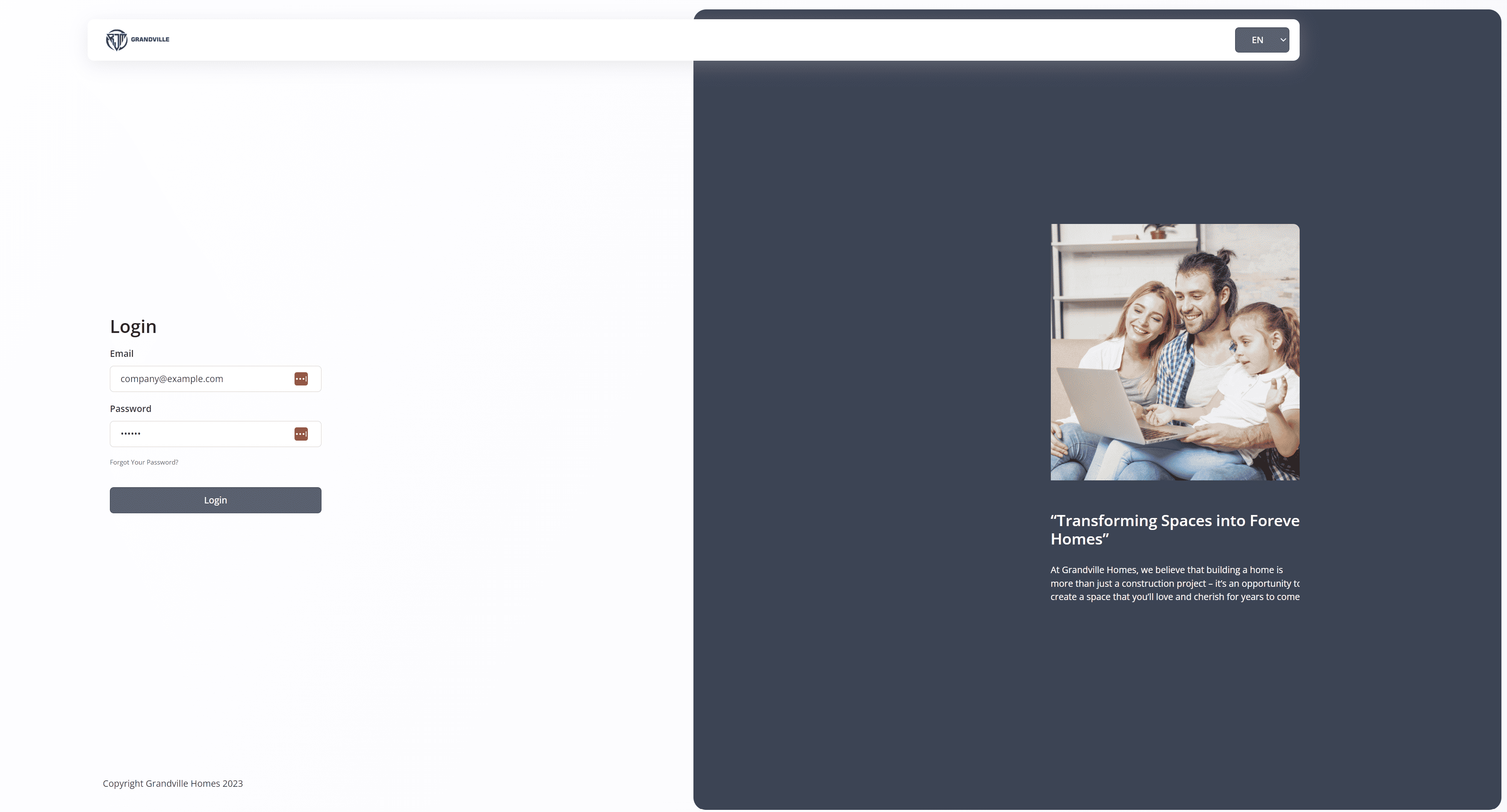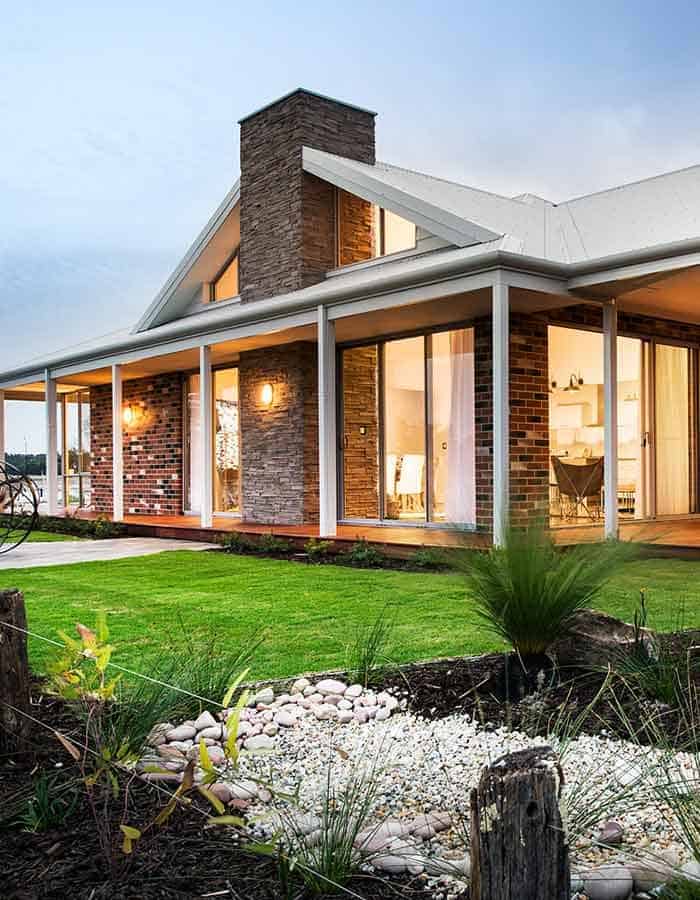Insulation and Energy Efficiency in Modern Homes
Drop a Line if you have a Question!
Insulation and Energy Efficiency
Are you tired of high energy bills and a drafty home? Look no further! This article will guide you through the world of insulation and energy efficiency in modern homes. Discover the various types of insulation materials available and learn why proper insulation is so important.
You’ll also gain a better understanding of R-Values and U-Values, and find solutions to common insulation problems. Plus, we’ll explore how energy-efficient HVAC systems can work hand in hand with insulation to create a comfortable and cost-effective living space.

Types of Insulation Materials
If you’re looking to improve the insulation in your home, there are a variety of insulation materials you can choose from. One popular option is fiberglass insulation. It is made of tiny glass fibers that trap air, providing excellent thermal resistance. Fiberglass insulation is easy to install and can be used in walls, attics, and floors.
Another option is cellulose insulation, which is made from recycled paper products. It is eco-friendly and has excellent soundproofing properties. Foam insulation is another choice, which comes in two forms: rigid foam boards and spray foam. Rigid foam boards are great for insulating walls, while spray foam can be used to seal gaps and cracks.
Ultimately, the choice of insulation material depends on your specific needs and budget.
The Importance of Proper Insulation
Proper insulation can significantly reduce heating and cooling costs. When your home is properly insulated, it creates a barrier that prevents air from escaping, keeping your home warm in the winter and cool in the summer.
This means that your heating and cooling systems don’t have to work as hard, leading to lower energy consumption and reduced utility bills. With the rising costs of energy, having proper insulation is more important than ever.
Not only does it save you money, but it also helps to reduce your carbon footprint by decreasing the amount of energy you use. So, take the time to ensure that your home is properly insulated. It’s a simple yet effective way to make your home more energy-efficient and comfortable.
Understanding R-Values and U-Values
Take a moment to learn about R-Values and U-Values, as they provide important information about the effectiveness of different types of insulation materials.
R-Value measures the resistance of a material to heat flow, with higher values indicating better insulation. It tells you how well the insulation can keep heat inside during the winter and outside during the summer.
U-Value, on the other hand, measures the rate of heat transfer through a material, with lower values indicating better insulation. It tells you how much heat can escape or enter through the insulation.
When choosing insulation for your home, look for materials with high R-Values and low U-Values to ensure maximum energy efficiency. Remember, proper insulation can help lower your energy bills and make your home more comfortable year-round.
Common Insulation Problems and Solutions
To fix common insulation problems, you should check for any gaps or cracks in your walls or windows. These gaps and cracks can let in cold air during the winter and hot air during the summer, making your home less energy efficient.
Start by inspecting the areas around your windows and doors. Look for any visible spaces or drafts. Use weatherstripping or caulk to seal these gaps and prevent air leakage.
Next, examine your walls for any cracks or holes. These can be filled with expanding foam or insulation spray.
Don’t forget to check your attic and basement as well, as these areas are often overlooked.
Energy-Efficient HVAC Systems and Insulation
One way homeowners can reduce their heating and cooling costs is by installing an energy-efficient HVAC system. These systems are designed to use less energy while still providing optimal comfort in your home.
By upgrading to an energy-efficient HVAC system, you can enjoy significant savings on your energy bills. These systems are equipped with advanced technologies that help regulate the temperature in your home more efficiently. They are also designed to minimize energy waste, ensuring that you are getting the most out of your heating and cooling system.
With an energy-efficient HVAC system, you can have peace of mind knowing that you are not only saving money but also reducing your carbon footprint. So, consider investing in an energy-efficient HVAC system to enjoy both comfort and savings in your home.
Conclusion
In conclusion, you should prioritize insulation and energy efficiency in your modern home. By choosing the right insulation materials and understanding R-Values and U-Values, you can significantly improve the energy efficiency of your home. Addressing common insulation problems is also crucial in ensuring that your home is properly insulated. This includes sealing air leaks and insulating areas such as attics, walls, and floors.
Investing in energy-efficient HVAC systems is another important step in enhancing your home’s energy performance. These systems are designed to use less energy while still providing the same level of comfort. So, take action now and make your home more comfortable, environmentally friendly, and cost-effective. You won’t regret it!

Have a question?
Become a





